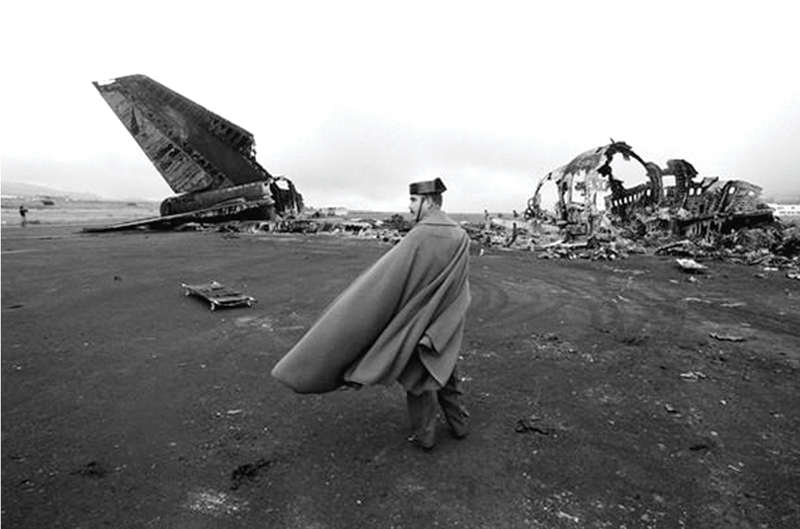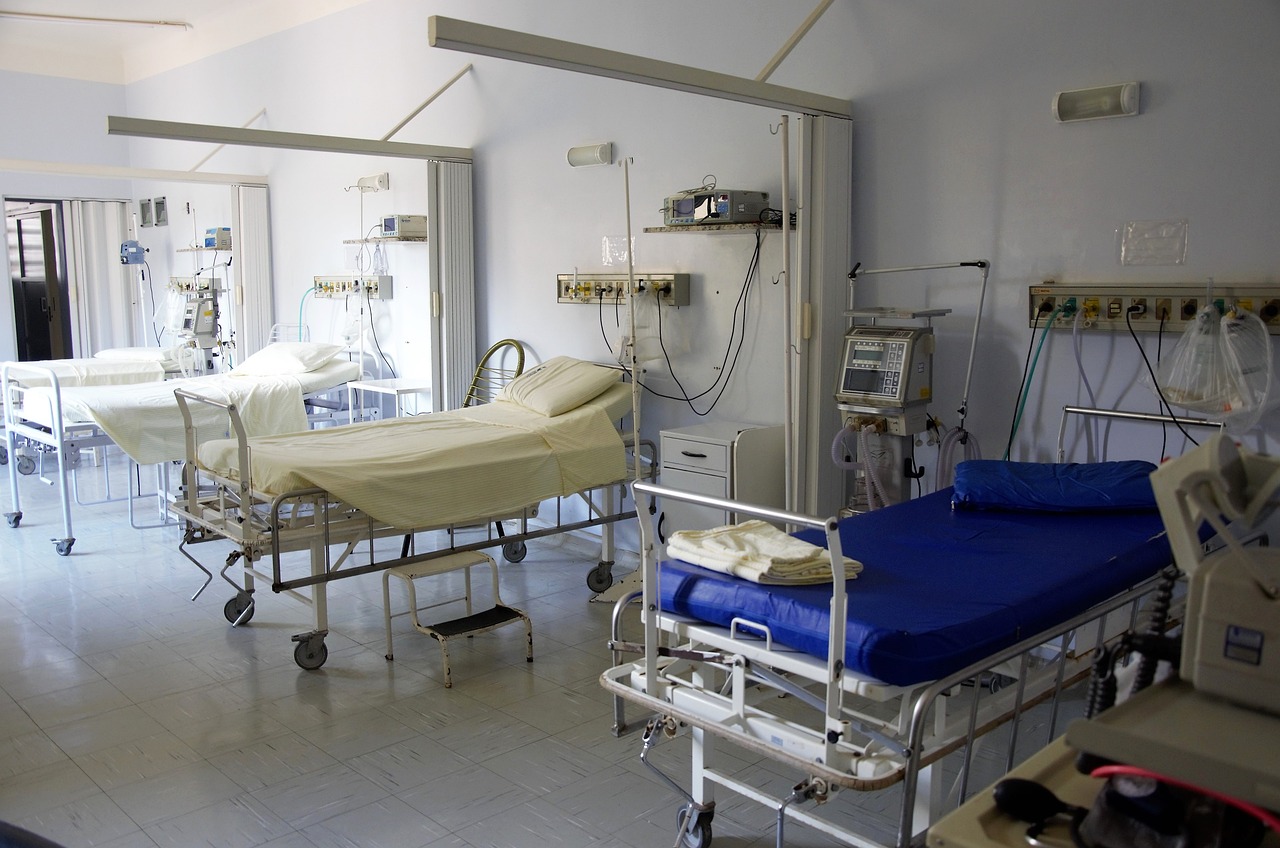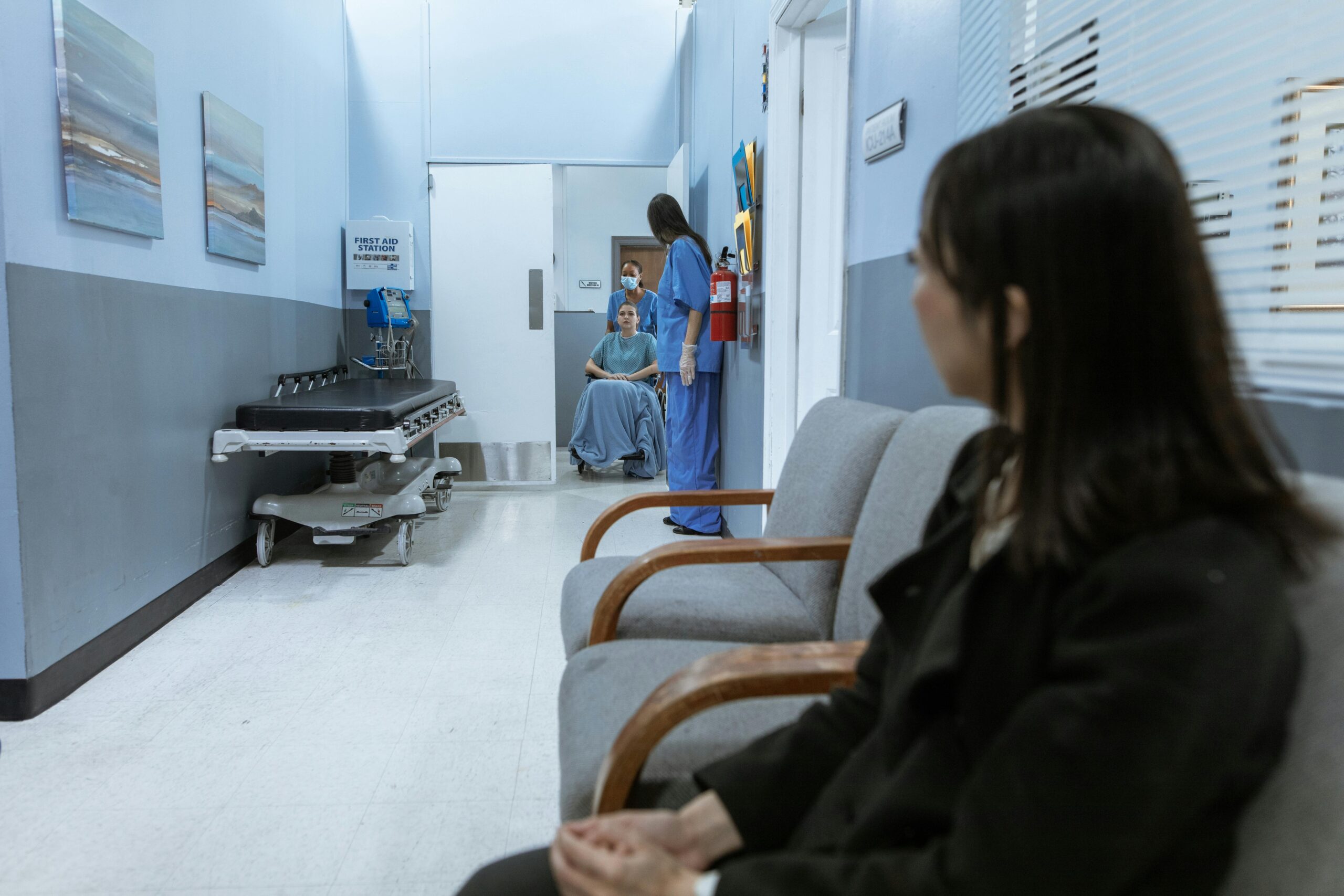Aviation\'s blackest day: The Tenerife disaster

Bar 9/11, the Tenerife disaster of 1977 remains the single greatest catastrophe in
airline history. However, the entire tragedy could so easily have been averted.
On Sunday March 27, 1977 two Boeing 747 passenger planes – Pan Am flight 1736 originating in Los Angeles, and KLM Royal Dutch Airlines flight 4805, a charter from Amsterdam – collided on a fog-shrouded runway at Tenerife in the Canary Islands, killing 583 people. Sixty-one people survived the accident, which came about as the result of an unprecedented and bizarre confluence of events that led to severe overcrowding at the runway of the tiny Los Rodeos Airport in Tenerife.
These unforeseen factors, coupled with inclement weather, a series of crucial miscommunications, malfunctioning runway lights, and the fatally poor judgment of a veteran pilot, led to the catastrophic crash which shocked the world and remains the worst non-terrorism related disaster in aviation history. Looking back at the tragedy, what is most shocking is how easily preventable the entire incident could have been. If the communications between pilots and control tower had been conducted in a clear and unambiguous manner, the huge loss of life could have been easily avoided.
The KLM jumbo was under the command of Capt. Jacob Veldhuyzen van Zanten, a seasoned pilot so popular and photogenic that the airline used him both in its marketing materials and as a de facto company spokesman. Although van Zanten was KLM\’s most experienced 747 pilot, he had spent most of his time recently in simulators, training other pilots for the service. This lack of recent experience has since been cited as a factor in what unfolded in Tenerife. When news of the disaster reached KLM officials they tried to find van Zanten, only to discover he had been the pilot involved. Pan Am 1736 was piloted by Capt. Victor Grubbs, who came aboard when the plane made an intermediate stop in New York. The chain of events leading up to the crash began earlier in the day at another airport in the Canary Islands. A militant separatist group set off a small bomb at
Las Palmas Airport on Gran Canaria, closing that field and rerouting air traffic to the much-smaller Los Rodeos Airport on Tenerife.
With the apron at Los Rodeos full of airplanes, overworked controllers began directing incoming flights onto taxiways that intersected the main runway. Both Pan Am 1736 and KLM 4805 were sent to taxiways. Van Zanten took the opportunity to refuel his aircraft, which took about 35 minutes. As soon as refueling was completed, he fired up his engines.
Both captains were eager to get going, especially Grubbs, who had already flown for eight hours and was tired. Their anxiousness, coupled with the tower\’s occasionally unclear instructions of how to proceed through the morass, helped set the stage for what happened next.
In an attempt to move Pan Am 1736 off the main runway, controllers instructed Grubbs to turn onto taxiway 3 (although taxiway 4 would have been better logistically to set up for takeoff). In any case, the weather was deteriorating. Grubbs was unfamiliar with Los Rodeos and had trouble locating the correct taxiway in reduced visibility.
Van Zanten, in KLM 4805, had gassed up and was maneuvering toward takeoff himself. He was aware of the Pan Am jumbo, but had no visual contact. He asked for takeoff clearance and was told to stand by. Whether he misheard the instruction, or ignored it, van Zanten proceeded to go. What he didn\’t know was that Pan Am 1736 was taxiing down the runway directly toward him, still looking for its assigned taxiway.
As the cockpit voice recorder later revealed, Pan Am first officer Robert Bragg spotted the KLM jumbo\’s landing lights through the fog and screamed to Grubbs, who tried to steer his plane off the runway. It was too late.
THE COLLISION
According to the CVR, Captain Grubbs, captain of the Pan Am plane, said, \”There he is.\” when he spotted the KLM\’s landing lights through the fog just as his plane approached exit C-4. When it became clear that the KLM was coming towards them at takeoff speed, Grubbs exclaimed,
\”Goddamn, that son-of-a-bitch is coming straight at us!\” while the co-pilot Robert Bragg yelled, \”Get off! Get off! Get off!\”. The Pan Am crew applied full power to the throttles and took a sharp left turn towards the grass in an attempt to avoid a collision. By the time Captain Veldhuyzen van Zanten noticed the Pan Am on the runway ahead, his aircraft was already traveling too fast to stop. In desperation he prematurely rotated his aircraft and attempted to clear the Pan Am by climbing away, causing a tailstrike for 20m (100ft).
The KLM was within 100m (330 ft) of the Pan Am when it left the ground. As it did so, its excessively steep angle of attack allowed the nose gear to clear the Pan Am but the engines, lower fuselage and aft landing gears struck the upper right side of the Pan Am\’s fuselage at approximately 140 knots (260 km/h; 160 mph), ripping apart the center of the Pan Am jet almost directly above the wing. The right side engines crashed through the Pan Am\’s upper deck immediately behind the cockpit.
The KLM plane remained briefly airborne following the collision, but the impact with the Pan Am had sheared off the #1 (outer left) engine, and the #2 (inner left) engine had ingested significant amounts of shredded materials from the Pan Am. The KLM pilot quickly lost control, and the 747 went into a stall, rolled sharply, and hit the ground at a point 150m (500 ft) past the collision, sliding a further 300m (1,000ft) down the runway. The full load of fuel, which had caused the earlier delay, ignited immediately.
A survivor of the Pan Am flight, John Coombs of Haleiwa, Hawaii, said that sitting in the nose of the plane probably saved his life: \”We all settled back, and the next thing an explosion took place and the whole port side, left side of the plane, was just torn wide open.\” Both airplanes were destroyed. All 234 passengers and 14 crew members in the KLM plane died, while 326 passengers and 9 crew members aboard the Pan Am flight were killed, primarily due to the fire and explosions resulting from the fuel spilled and ignited in the impact. The other 56 passengers and 5 crew members aboard the Pan Am aircraft survived, including the pilots and flight engineer. Most of the survivors on the Pan Am aircraft walked out onto the left wing, the side away from the collision, through holes in the fuselage structure.
The Pan Am\’s engines were still running at takeoff power for a few minutes after the accident despite First Officer Bragg\’s intention to turn them off. The top part of the cockpit, where the engine switches were located, had been destroyed in the collision, and all control lines were severed, leaving no method for the flight crew to control the aircraft\’s systems. After a short time running at full power, the Pan-Am\’s engines began to disintegrate, throwing engine parts at high speed that killed a flight attendant who had escaped the burning plane.
Survivors waited for rescue, but it did not come promptly, as the firefighters were initially unaware that there were two aircraft involved and were concentrating on the KLM wreck some distance away in the thick fog. Eventually, most of the survivors on the wings dropped to the ground below.
Captain Veldhuyzen van Zanten was KLM\’s chief of flight training. His photograph was used for publicity materials such as magazine advertisements, including the inflight magazine on board PH-BUF. As such, KLM attempted to contact him to give public statements regarding the disaster, before learning that he was the captain involved. He had given the co-pilot on the ill-fated flight his Boeing 747 qualification check about two months before the accident.
AFTERMATH
The accident had a lasting influence on the industry, particularly in the area of communication. An increased emphasis was placed on using standardized phraseology in ATC communication by both controllers and pilots alike, thereby reducing the chance for misunderstandings. As part of these changes, the word \”takeoff\” was removed from general usage, and is only spoken by ATC when actually clearing an aircraft to take off. Less experienced flight crew members were encouraged to challenge their captains when they believed something was not correct, and captains were instructed to listen to their crew and evaluate all decisions in light of crew concerns. This concept would later be expanded into what is known today as Crew Resource Management. CRM training is now mandatory for all airline pilots.
Despite the various factors feeding into the disaster, the official inquiry laid the entire blame on van Zanten, the experienced KLM pilot. The veteran pilot\’s most egregious sin, caused either by impatience or miscommunication, was to take off without having received clearance from the tower. Had van Zanten waited, the worst aviation accident in history would never have happened.
You might also like
For relevant updates on Emergency Services news and events, subscribe to EmergencyServices.ie









